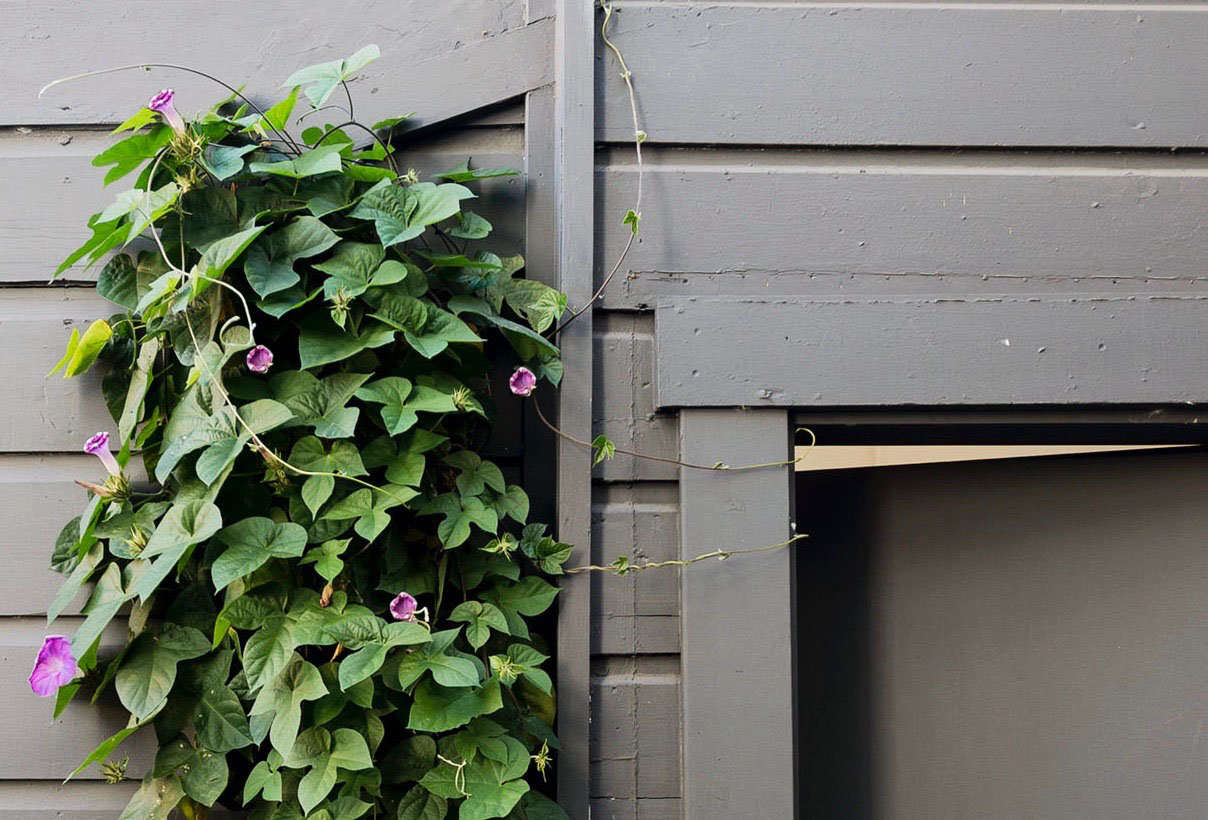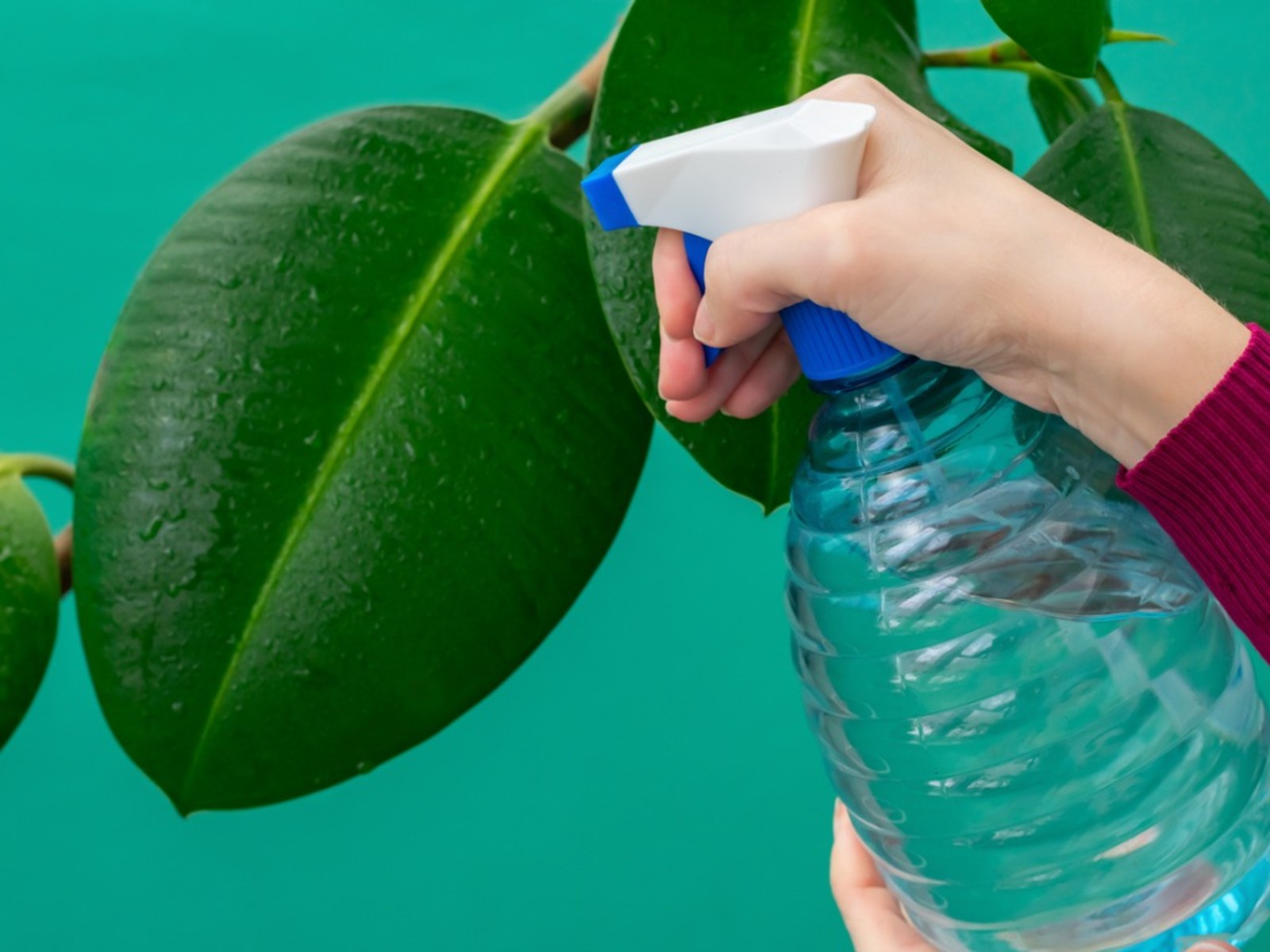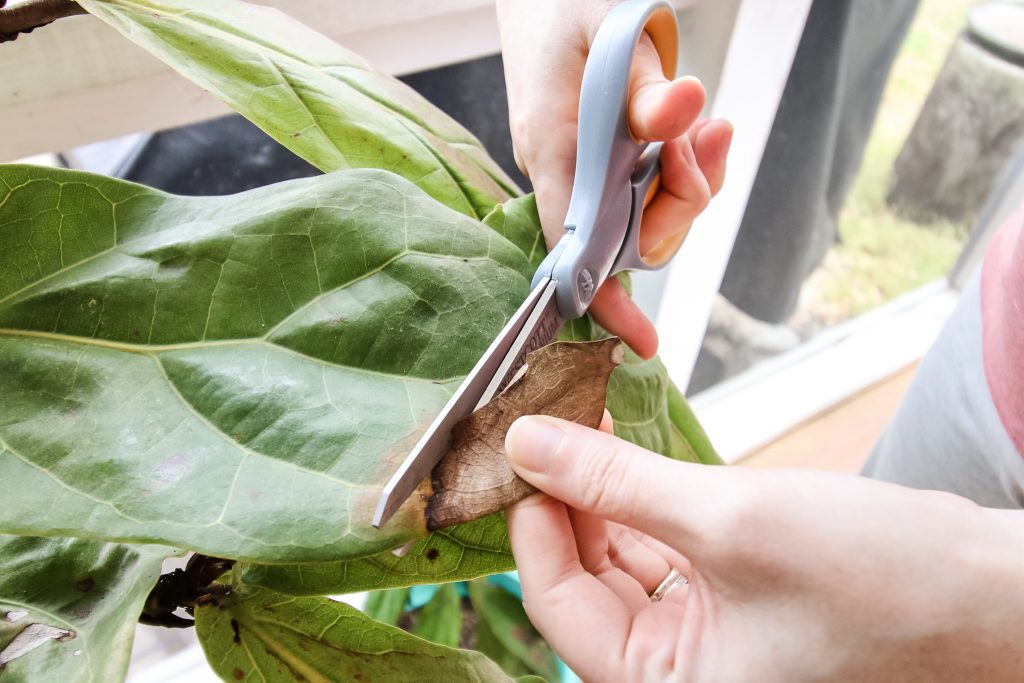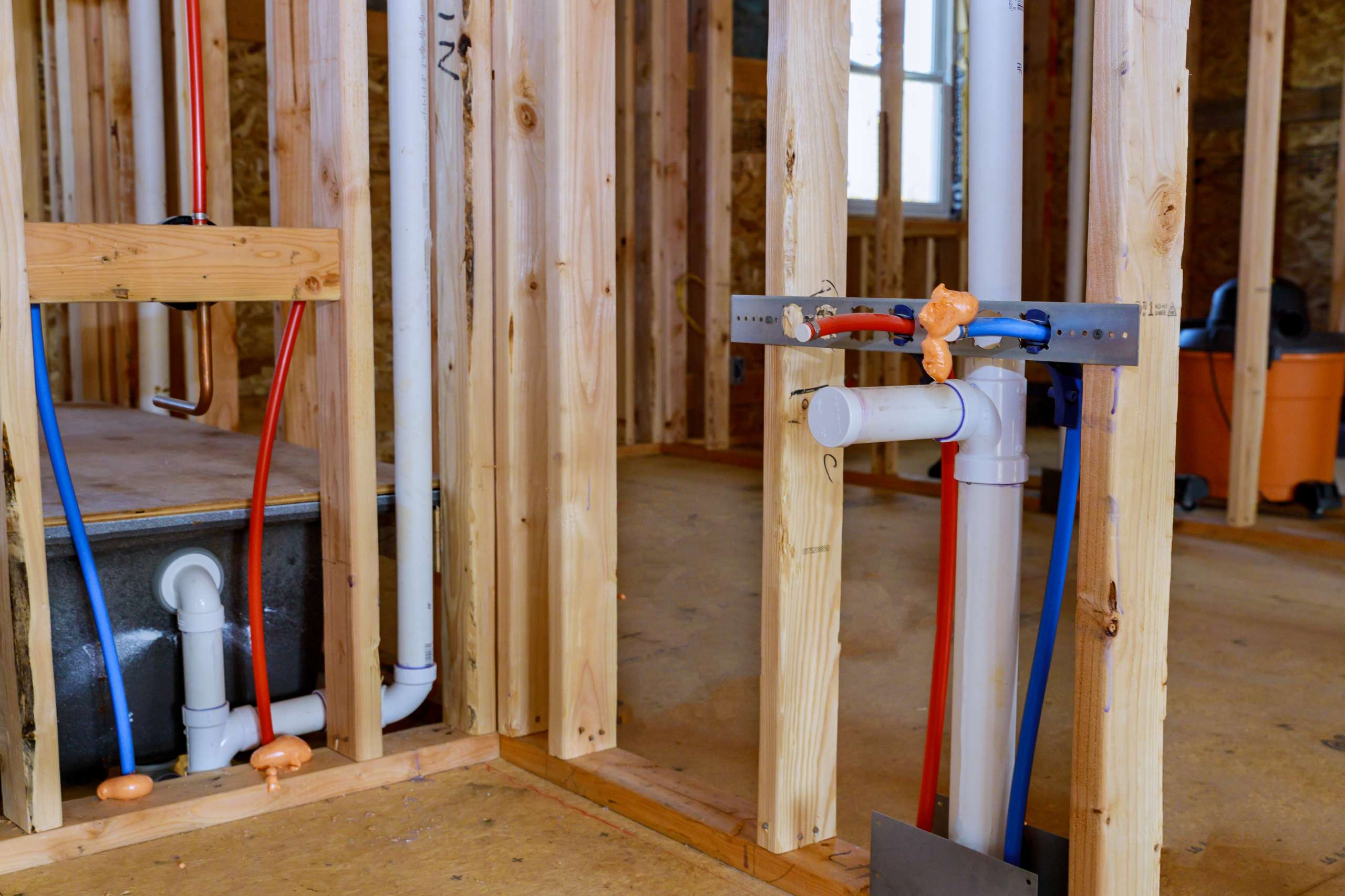Morning glories are a very popular flower for landscaping because of their intense color and fragrance. The morning glory vines give body to trellises, add rich heavenly blue color to flower beds, and add size and scope when allowed to grow over an arbor.
These beautiful flowers are a favorite among landscapers, but you may also want to consider growing them in your own garden. They’ll add another dimension to your flower beds, and neighbors will be intrigued when they see the flowers blooming on your fence or trellis.
In this article, we’ll discuss how to grow morning glories in your garden. Let’s get started!
What You Need to Know About Morning Glories
There are several things that you should know about morning glory before planting them in your garden:
Morning glory can grow up to 40 feet long.They need direct sunlight for at least six hours a day to grow properly.You should not allow morning glory to over-saturate the soil with water, as it can kill your plants due to root rot.Morning glory flowers that require pollination to produce the next round of flowers.If you are planting morning glories in an area where morning glory vines are unwelcome, consider using a trellis or arbor for support.The morning glory can be invasive, so make sure it will not overwhelm other plants in your garden bed before planting them.
Image caption: https://www.gardendesign.com/
When to Plant Morning Glories
Morning glories are warm-weather flowers. It is best to plant them in early spring when the soil can be worked, and temperatures have climbed into the seventies Fahrenheit.
When you plant the heavenly blue morning glory flowers, choose an area that gets full sun during most of the day. Morning glories need at least six hours of full sun each day for best results. Ensure they get the morning sun with a very light shade to protect them from the intense afternoon sun.
Preparing Morning Glory Planting Soil
Before you plant morning glories, prepare the soil. These plants do well almost anywhere, will really appreciate neutral soil pH. If you’re a gardener, you must learn how to test the soil pH
Use a spade or tiller to loosen up the soil, which will help the roots spread out over the ground. If your garden has poor drainage because of clay or compacted dirt, consider adding organic matter like pine bark mulch to improve conditions for your flowers (pine bark is an excellent choice because it is both effective and affordable).
Germinating Morning Glory Seeds
If you are planting morning glories from seeds, the next step is to germinate them. To do this, place the seeds in a pot of moist and well drained soil and cover them with plastic wrap. Secure the plastic wrap around the pot with a rubber band or twine.
The next step is crucial to get your morning glory seeds to germinate. Place the pot in a warm area with indirect sunlight, like near a window or under a grow light. The plastic wrap will trap heat and moisture inside the pot, which will activate germination.
Germinating seeds should take about 7-14 days to sprout. Keep checking on your seeds every day or two until you see some sprouts coming out of the soil.
Once your morning glory seeds have sprouted, remove the plastic wrap and move the pot to an area that gets full sunlight every day. The hardiest plants will survive in this location, while weaker plants may die due to lack of moisture or not getting enough light.
How to Plant Morning Glories
Morning glories are planted in the spring when it is no longer frosting outside. If possible, buy bare-root plants for optimal growing conditions. Bare root plants are typically cheaper than potted ones and will give you a better yield.
To plant morning glory, simply dig a hole about six to eight inches deep and place the plant inside. Remember to leave twice as much stem above the soil surface than below it.
Then, fill the hole with dirt and gently pat it down on top of it with your hands. Don’t pack too hard so that there are no air pockets left in the dirt. This will allow oxygen to get to the roots.
Morning Glory Planting Depth
When you’re planting morning glories, the right planting depth can make all the difference. Morning glories need to be planted at a depth of around six inches but no deeper than eight inches. If they are too deep, their growth will be stunted.
If your morning glories are too high above the ground, they will not get enough sunlight and nutrients to survive. Thinner stems and less vibrant foliage indicate that your morning glory plants aren’t receiving enough light.
Why Bigger Isn’t Always Better
It’s important to note here that bigger isn’t always better when it comes to gardening. You don’t want to plant too deep; if the stem is buried more than eight inches, it will rot, and you won’t get many flowers.
How to Care for Morning Glories
For your morning glories to thrive, you need to take really good care of them. Caring for morning glories involves watering, sunlight, fertilizer, etc.
Watering Morning Glories
Morning glories don’t like their soil to get too soggy, but that doesn’t mean you should let the ground dry out completely. Morning glories need an even supply of water throughout the growing season.
It’s easy to tell whether morning glories need more water: pick up your flowers and see if they weigh about the same. If they feel lighter, water them.
Sunlight Requirements for Morning Glories
If you are growing morning glories in an area that doesn’t get a lot of direct sunlight, consider using stakes or string to make a teepee over your plants. This will provide the extra light they need to grow.
Planting Morning Glories Near a Fence or a Wall
Planting morning glories near a fence or trellis is a great idea because it ensures that your flowers will get the support they need to grow. However, make sure you plant them far enough away from whatever will be supporting them so that their roots can spread out without being restricted.

Image caption: https://cmsmedia.remodelista.com/
Morning glories climb by twining their stems around pretty much anything they can grasp. If you’re planting morning glories near a fence, make sure the fence is tall enough so that your flowers won’t be able to reach it and grow up vertically rather than along it.
How to Feed Morning Glories
Feeding your morning glories is important, but be careful not to overfeed them. Use a balanced fertilizer according to the instructions on the label and add it in early spring when you plant your morning glory flowers. This will give them enough time to absorb nutrients throughout their growing season without damaging the roots.
Pruning Morning Glories
Once your morning glories begin to flower, you can use pruning shears to cut off dead flowers and stem tips that look withered and yellow. Doing this will allow more energy in the plant to produce new blossoms rather than dying ones.
The exact timing of your pruning session depends on where you live and what type of morning glory you’re growing. If you live in a colder area, for example, wait until mid-June to prune your flowers.
Morning Glory Propagation
Many morning glory seeds are produced in seed capsules that split open to reveal the seed inside. The morning glory flower propagates extremely easily by simply growing new plants from the fallen seeds on the ground below.
However, this method can be time-consuming, and you might not want to spend your entire summer collecting morning glory seeds on the ground. If this is the case, there are other ways to ensure that you have many flowers for the summer. These ways include cuttings, layering, and division.
Morning Glory Pests and Diseases
Like other plants, morning glory is prone to pest and disease attacks.
Pests
The most common morning glory pests are aphids, cutworms, sunflower beetles, spider mites, and thrips.
Aphids: Aphids look like tiny green bugs that come out in long lines or groups on your flowers. You can remove them by hand or spray the affected area with a strong jet of water from a hose.Cutworms: Cutworms are fat, gray caterpillars that feed on plants at the soil line. To get rid of them, simply dig a circle around your plant’s stem about an inch deep and remove any cutworms you find there.Sunflower Beetles: Sunflower beetles look like yellow ladybugs but have black spots instead of spots. They are most active during the day, so you will most likely see them on your flowers.Spider Mite: Spider mites are tiny, spider-like bugs that their fine webbing can identify on your plant’s leaves. If left untreated, they steal away nutrients from the leaves and cause them to turn yellow or brown with spots.Thrips: Thrips are tiny, black bugs that suck the juice out of your morning glories’ leaves and cause them to turn brown and crispy. They thrive in cool weather, so they usually appear during the spring and early fall.
To get rid of these pests from your morning glory vines, use an insecticide like Bon-Neem or Safer Soap or dust with diatomaceous earth.
Morning Glory Diseases
As mentioned above, morning glory vines are susceptible to the same diseases that other garden plants are. These include mildew, black spot, and rust.
Mildew: Mildew is caused by fungi that infect your flowers at damp times of the year. It appears as white powdery patches on the leaves and stems of your morning glories.Black Spot: Black spot looks like black dots all over the surfaces of your morning glory flower and leaves. It is caused by fungus gnats that create tiny holes in leaves where they lay their eggs for new fungus to grow.Rust: Rust is another fungal disease that appears as rusty, orange spores on your morning glory leaves.
To get rid of these diseases, switch to a fungicide or pesticide labelled for use against each specific disease you have in your garden. For example, Daconil will treat rust and powdery mildew, while Bon-Neem can be used against black spots and rust.
Bonide and Garden Safe brands both offer fungicides and pesticides that are labelled for use against morning glories.
FAQs on Growing Morning Glories
Why are my morning glories only blooming in tiny flowers?
If your morning glories only produce tiny flowers and blooms, the most likely reason is that they aren’t getting enough sunlight. Morning glories need at least 6 hours of direct sunlight each day, so if you’re not providing them with this amount of light, they will continue to produce bloomless stems.
Why won’t the buds morning glory flowers open?
If your morning glory buds are all green with no signs of opening, it means that they aren’t receiving enough water. Morning glories need an even supply of water throughout the day to open their buds completely. You can check if they are getting enough or adjust accordingly.
Why won’t my healthy morning glories bloom?
You may have healthy morning glories that aren’t blooming because they are not getting enough sunlight or nutrients. Morning glories need at least 6 hours of direct sunlight a day, and if you fertilized them with a poor fertilizer, this would affect their growth, health, and flowering ability. Use a good quality fertilizer to provide your plants with plenty of nutrients. Without these, the flowers won’t start blooming or will just produce few flowers.
Final Verdict on How to Grow Morning Glory
Morning glories add vibrancy and beautiful shine to your home with their heavenly blue colors. They have brilliant flowers that bloom throughout the day. Morning glories grow easily and require little maintenance after planting, making them a popular choice among gardeners who don’t have time to take care of their plants or want an instant touch to their backyard or patio.
If you follow the steps outlined above, you should be able to grow morning glories in your own garden, and they will be a beautiful addition to your home.
The post How to Grow Morning Glories appeared first on Kitchen Infinity.
Did you miss our previous article…
https://chefbuano.com/?p=148







